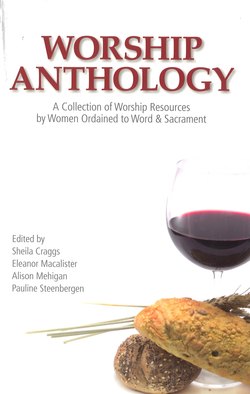Читать книгу Worship Anthology - S. Craggs - Страница 8
На сайте Литреса книга снята с продажи.
ОглавлениеA Silent Communion
REV. MARGARET STEIN
I was involved as the art tutor in a Painting and Prayer Retreat at Llanghasty, an Anglican Retreat House in Wales a few years before women were ordained in the Church of England. The chaplain was keen that I should celebrate the Lord’s Supper one morning, and told the group. I then spent a day convincing the nuns who ran the place and the group members that this was in order. Realising that there were so many problems for people, I decided (1) that, since we kept silence overnight, to celebrate the sacrament in silence might at least get over the problem of people hearing unfamiliar words in a female voice; and (2) to include a time of prayer for each other.
Silent Communion
I worked out a series of mime-movements to suggest the different parts of the service following the Anglican Service Book, and made sure each participant had a copy of the Bible and a note of the reading for that day. There was a beautiful carved image of Jesus as King at the front of the chapel, so I could use that as a reference point. Afterwards, I realised that it would have been helpful to use a little bell to indicate when different parts of the service started. Others have devised silent Communion services, but I was not aware of this at the time.
Praying for each other
I used a way of praying for each other which I had learned from Canon Shells, one of the founders of the then Painting and Prayer Retreat Movement. We were seated in a circle. As the worship leader at the time, I started by standing and going to the person on my left, gently laying hands on her head and praying in silence for her for a short time. Then I moved on to the second and then the third person. At that point, the first person I had prayed for stood up and went to pray similarly for the second person. When I moved on to the fourth, the first person after me could move to the third, and when I moved to the fifth, the first could move to the fourth, and the second person could then go to pray for the third. And so we followed one another round until I sat down and then was prayed for by each of the others in turn. Eventually, each of us had prayed for the other, and been prayed for, and were back in our own seats. This takes a long time, so is not recommended if there are more than about a dozen present; but, by the end, the presence of the Lord is almost tangible.
These actions worked well, as they resolved the difficulty of this particular situation where there was concern about having a woman as celebrant. However, they also fitted into the retreat situation where people were in silence. And praying for each other in this way led to a strong sense of the presence of God and His love holding the group and situation, and meant that we could share in the sacrament together.
